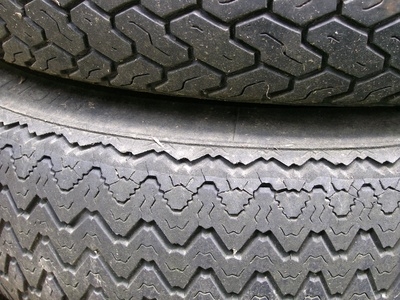
If your car is trying to steer you toward a ditch, it's probably time to get an alignment. Adjusting a few angles will keep your tires rolling in a straight line.
The primary symptoms of misalignment include an off-center steering wheel, a vehicle that wanders and drifts, difficulty making turns, and uneven or rapid tire tread wear. If your tread is deeper on one side of the tire than the other, it's time for an alignment check.
An alignment involves adjusting wheel angles, ensuring they are parallel to each other and perpendicular to the ground. The three types of alignments are front-end, thrust angle and four-wheel. Caster, camber, toe and thrust angles are the suspension angles that need to be measured and adjusted.
The benefits of a properly aligned vehicle are improved gas mileage, longer tire life, better handling and a smoother ride. The alignment procedure includes a suspension system inspection that can spot worn parts and help avoid future costly problems.